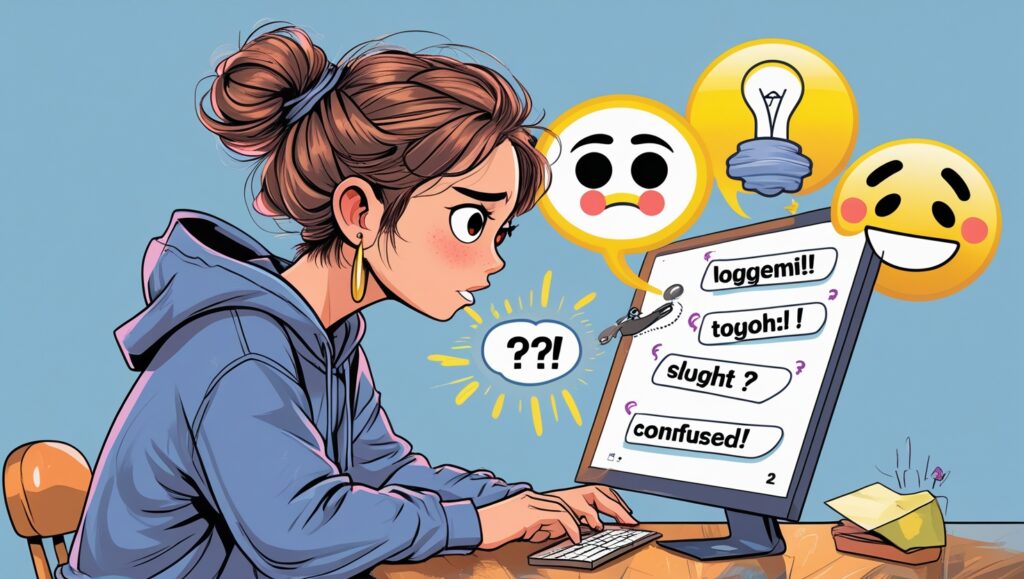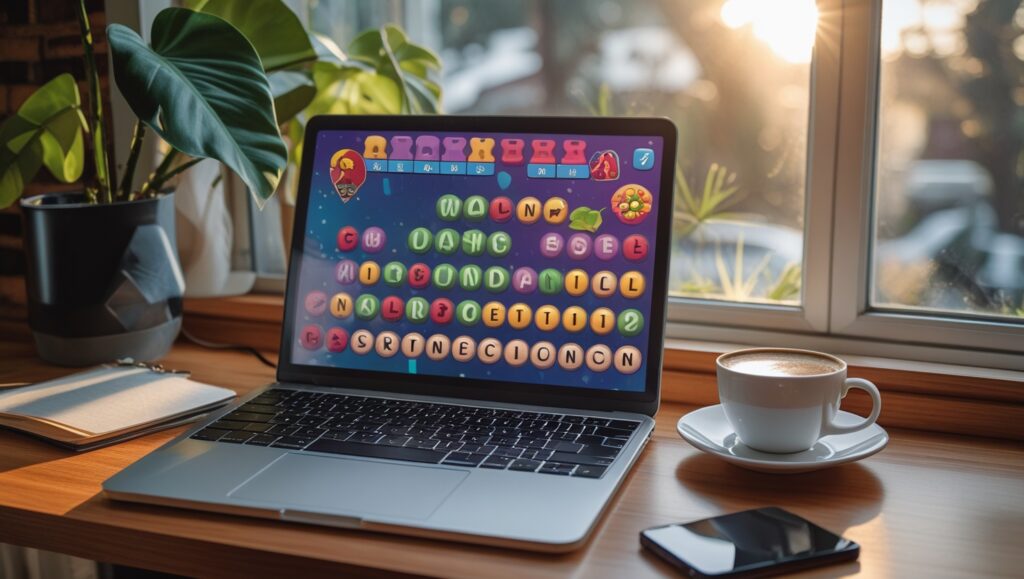The Puzzle Game That Took My Coffee Breaks Hostage
Okay, I’ll admit it: I used to scroll mindlessly through social media during my lunch breaks. Then I found the Connections game. Or rather, it found me. One lazy Thursday, I stumbled across a tweet that said, “This game is ruining my life.” Naturally, I had to click. Ten minutes later, I was hooked.
If you haven’t heard of the Connections game yet, it’s a daily browser-based puzzle from the New York Times that’s equal parts addictive, frustrating, and deeply satisfying. Think Wordle meets trivia night meets that group project where you were the only one doing the work—but in a fun way.
What Is the Connections Game, Exactly?
In case you’re new here, the game gives you a grid of 16 seemingly random words. Your goal is to group them into four sets of four based on a shared connection—could be anything from types of pasta to Taylor Swift songs to words that contain the letters “INK.”
Sounds easy, right? It’s not. It messes with your brain in the best way possible. Some connections are dead giveaways; others make you question your grasp of the English language.
Why It’s So Addictive Connections Game
There’s something strangely compelling about looking at a list of words and knowing something links them—but not knowing what. It’s like mental itchiness. Every correct group brings the dopamine rush of solving a mystery, and every wrong guess feels like a tiny betrayal. (I once grouped “bow,” “bass,” “lead,” and “read” thinking they were homographs. They weren’t. I was crushed.)
The Daily Routine of Connections Game
Every day, a new Connections puzzle drops. People are now scheduling their mornings around it. (No shame. I do it, too.) I’ve even seen tweets like “Don’t talk to me before I’ve done Connections.” It’s become a ritual—coffee, cat on lap, puzzle on screen.
Trends and Themes: What the Game Teaches You
Over time, you start noticing patterns. The NYT puzzle editors love categories like:
- Pop culture references
- Wordplay and homonyms
- Categories within categories (“shades of blue” and “boy band members”??)
- Trick words that fit multiple groups
You also start to recognize that not all connections are created equal. The game color-codes groups from easiest to hardest: yellow (simple), green, blue, and the elusive purple.
My Personal Strategy of Connections Game
- Look for the obvious ones first. There’s usually a low-hanging fruit group. Yesterday it was fruits. Literal fruits.
- Group potential matches in your head. Make a mental Venn diagram. Or if you’re a true nerd like me, write things out.
- Beware of red herrings. Just because four words relate to music doesn’t mean they’re the music group.
- Save the weirdest words for last. They’re probably part of the trickiest group.
Tips from the Casual (But Obsessed) Players
I asked a few friends what their approach is, and here are some gems:
- “I try to think like a puzzle editor—what obscure category would they use today?”
- “Sometimes I just click random words and pray. It works more often than you’d think.”
- “Screenshot your fails. They’re hilarious in hindsight.”
Why It Feels Like a Group Activity In Connections Game
Even though it’s a solo puzzle, Connections has low-key become a social game. People post their results on X (formerly Twitter), Reddit, Discord, even family group chats. It sparks debates like, “How was I supposed to know those were all minor Shakespeare characters?!”
There’s something comforting about struggling together.
The Emotional Rollercoaster
Playing Connections is a journey. First, there’s optimism. Then comes confusion, followed by mild panic. You get a group right—cue fist pump! Then you guess wrong—existential crisis. Finally, sweet, sweet triumph.
And like any good addiction, the high wears off… just in time for tomorrow’s puzzle.

How It Compares to Wordle
Ah yes, the inevitable question. Wordle may have paved the way for modern daily puzzles, but Connections is the chaotic cousin who shows up late to brunch with wild stories and a mystery stain on their shirt.
Wordle is straightforward. Connections is more layered, more lateral. It rewards pop culture junkies, trivia nerds, and English majors equally. If Wordle is a crossword’s younger sibling, Connections is its art school cousin who just launched a podcast.
Is It Making Me Smarter?
Possibly? I’ve definitely noticed a sharper ability to categorize things, and my pattern recognition is on point lately. Plus, it’s a brain workout that feels more playful than preachy.
Also: I now know four kinds of mushrooms. And that “Cranberry” is not just a fruit but also a band. (Thanks, puzzle gods.)
The Browser Game Renaissance
Connections is part of a larger movement of casual browser games that cater to people who want to feel smart in 10 minutes or less. These aren’t time-wasters; they’re tiny daily brain treats.
Other honorable mentions:
- Spelling Bee
- Mini Crossword
- Contexto
- Redactle
They offer that satisfying “aha!” moment without the time suck of larger games.
When You Start Overthinking
One day, I stared at the word “Drake” for five minutes. Was it a rapper? A duck? A medieval term? It was part of the Canadian Celebrities group. Who knew?
This is part of the charm: the game wants you to overthink. But when you finally get it right, it’s worth every overanalyzed syllable.
For the Competitive Spirits
Let’s be real, part of the fun is bragging. “Only 1 mistake today!” posts are the new Wordle green squares. And if you make four mistakes? You blame the editors. (“Purple was absurd today.”)
Connections isn’t about being the best—it’s about beating yourself from yesterday. And maybe showing up your sibling.
Final Thoughts
Who knows? Trends come and go. But for now, the Connections game has made a cozy little home in our daily routines. It’s light, it’s smart, and it scratches that weird word-nerd itch many of us didn’t know we had.
It may not change the world, but it might make your Tuesday morning a little more fun. And honestly, that’s enough.
FAQs
Q1: Where can I play the Connections game?
A1: You can play it on the New York Times website in their Games section. It updates daily.
Q2: Is there a mobile app for Connections?
A2: Currently, it’s browser-only—but you can access it easily via mobile browser.
Q3: What if I get all the groups wrong?
A3: Don’t worry! You can try again tomorrow. It’s all about having fun and learning.
Q4: Can I play old puzzles?
A4: Not officially. The game is designed to be ephemeral—one puzzle per day.
Q5: How do I get better at Connections?
A5: Practice, pattern recognition, and remembering past categories all help. And sharing tips with friends is half the fun!
